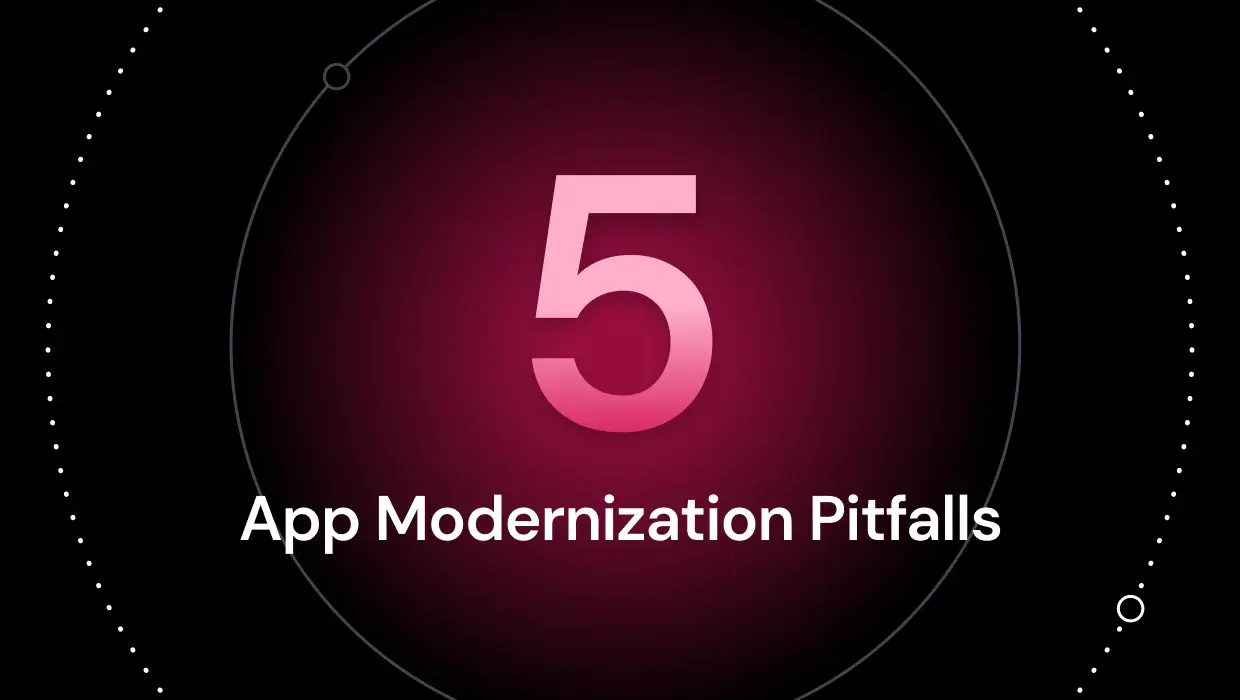Please Note: This blog by Amir Rapson, vFunction CTO and co-founder, was originally published on DevOps.com.
The more a company modernizes, the more value it gets from the cloud, but not all digital transformation efforts are created—and executed—equally. According to Gartner, “87% of senior business leaders say digitalization is a company priority, yet only 40% of organizations have brought digital initiatives to scale … [and] without a shared vision across the organization, digital transformation efforts will continue to stall.”
CIOs and other senior technology leaders are constantly looking for the best way to lead and scale modernization efforts that positively impact the business and generate the most value from the cloud. Here are three factors to consider to make sure digital transformation efforts don’t start to slow or stall out entirely.
The Price of Ignoring Technical Debt
Any CIO should be able to say how much of their development efforts are invested in innovation and how much is going into maintenance. A harder number to take into account is how much their innovation development effort is slowed down by technical debt.
A good way to gauge this for CIOs—if you can say that your development organization dedicates more than 50% of its effort to innovation and that your development velocity is exactly where it was a couple of years back, then technical debt is not dragging you down. However, chances are that’s not the case.
Why is that? A major reason is that the vast majority of business applications and business logic still reside on-premises in legacy applications and infrastructure with a once-solid software architecture that is now showing signs of wear.
The technical debt these applications accumulated takes a toll. It is a ‘tax’ that many CIOs know they need to pay; know what is required, but choose to ignore until it’s too late.
Many organizations delay modernization because they believe that it reduces the capacity for effort that can be spent on innovation, assuming that legacy maintenance can just carry on as usual. With the potential for a lengthy and risky modernization project, delaying innovation for that length of time is not even an option. The only way to stop ignoring technical debt is to find a way to reduce the risk of modernization and accelerate the modernization project so you can go back to doing what you love about tech: innovating.
Managing App Modernization as a Tactical Project
It’s amazing that application modernization is so often viewed as a tactical project—time- and materials-based, cost-focused—versus a strategic imperative driven by business goals. This approach also explains why many projects fail to meet expectations, are half-finished or abandoned or never even get started in the first place.
The business logic and processes embedded in your legacy application estate are your core intellectual property and competitive advantage, and they need to be treated as such. These applications, and the business processes they encapsulate, require a strategy that continually modernizes them, starting now and continuing into the future. A one-and-done approach is a recipe for disaster and disappointment.
So be strategic, make sure your modernization plan is aimed at reducing technical debt, restoring velocity and focusing on innovation. Once you get there, make sure you continuously manage your technical debt and keep your velocity high.
Reliance on Lift and Shift for Cloud Migrations
Cloud migration projects are most often critical parts of digital transformation initiatives, and yet, many outside advisors or quick-win focused insiders will push for the “easiest” approach.
A rational plan to transform and modernize your applications for the cloud requires a critical assessment of your application estate to determine which applications should be refactored, lifted and shifted (rehosted or platformed), rewritten or just retired. Skipping this critical step and categorizing the majority of your apps into the “lift and shift” category is a common mistake that too many enterprises later regret. A lift and shift strategy may be fine for a subset of your applications, but for the most important ones it will result in a transfer of your technical debt to the cloud, increase your maintenance costs and take another bite out of your organization’s ability to innovate.
Digital transformations are getting bogged down by technical debt, tactical decisions and modernization shortcuts. Organizations need to directly address these issues and reduce the significant drag they are incurring on modern transformation initiatives. By attacking them head-on, enterprises can accelerate their cloud migrations, application modernizations and business agility goals.







